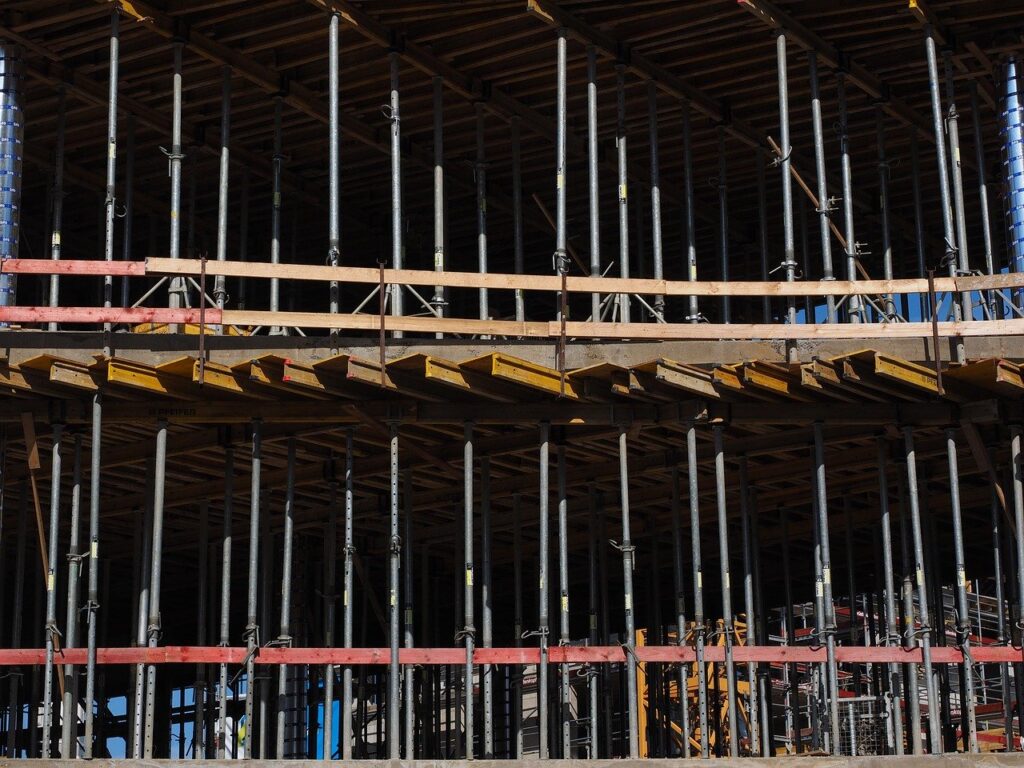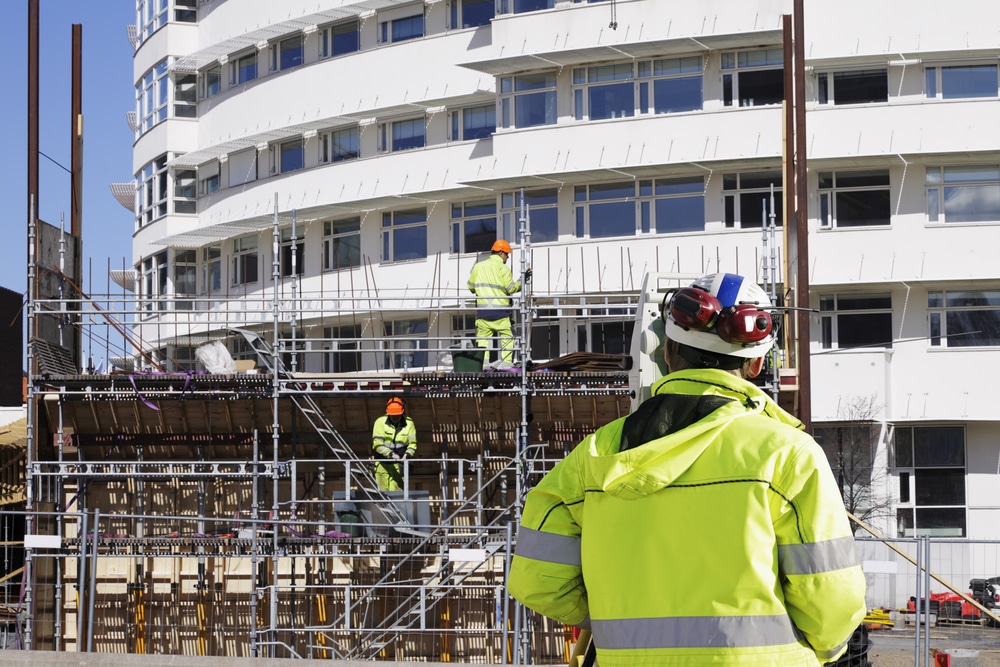With technology being integrated more and more in various industries, it ‘s the construction industry that’s falling behind regarding handling complex projects. Multiple studies and surveys have established this. Some of our previous articles discussed reports concerning construction productivity. Said reports showed how cost overruns and schedule delays are inherent risks in large projects in construction.
A 2017 McKinsey report further made this clear with data stating that nine out of ten mega-projects face cost overruns that add, on average, 70% of the original budget. It further confirms that the construction sector always exceeds the original schedule by 61% and does a poor job of completing projects on time. The industry remains to be the slowest in adopting technology among all the industries. As it resists embracing new ideas, it is also resisting solutions that might just break it out of its inherent and recurring problems.
Modern construction projects are as complicated as the reasons behind their problems. Newer projects are more complex, in demanding environments and demand greater collaborative transparency. The fact that the industry is slow to embrace new ideas doesn’t help at all especially when it comes to risk management.
The old school way of dealing with project risk is for owners and their legal advisers to focus on transferring risks instead of identifying which stakeholder or party is suitable for carrying specific elements of a risk, lessen the gravity of a risk or eliminating the risk. Stricter contracts also push more risks onto the builders. This whole practice then ends up forgetting about identifying the risks at the start of the design phase where all scheduling and budget problems take root.
The clients are not to be entirely blamed as stakeholders are also reluctant in embracing new ideas and change. However as the construction and project delivery world gets more complicated every day, the industry has to wake up and realise that the old contracting systems no longer work and haven’t been for some time now. Two new approaches — new contract models and technologies that allow better decision-making — can equip both owners and contractors with better decisions, better risk management and an overall more efficient approach to work.
A new approach to collaboration contracts
Complex infrastructure projects that still use the design-bid-build approach result to complex problems. One great example would be the Big Dig in Boston. This megastructure took ten years to build as the original budget of $2.6 billion soared to $14.8 billion (minus the interests). Inflation, environmental review processes are just a few of the factors that caused the massive cost overrun and schedule delay. It is evident that a massive project as the Big Dig would have gained from a significant participation of contractors throughout the building process, specifically during the design stage.
A newer approach to address this issue includes more modern collaborative contracts like the Construction Manager/General Contractor (CM/GC) structure and its closely related method, the Construction Manager at Risk (CMAR) model. These contracts attempt to address the risks at the outset. These two newer work models actively oversee risks by involving the contractor in the design phase to foresee problems before they can occur. In turn, this reduces the likelihood of delays and overruns. Currently, construction projects using these models have been very successful.
Tools, technology
Modern contract models are just one aspect in the road to greater risk awareness. To solve cost and schedule overrun problems, the solution is quite literally right at our fingertips. Technology and its tools track data, organise them, and enable parties to make better-informed decisions that ultimately end with positive cost and schedule outcomes.
The traditional design-bid-build approach is no longer an option in a densely tech-integrated world. To address risk management and better decision-making, we need to be more connected and innovative as we assign new roles and employ new tools that measure data, perform estimation, schedule, control and foresee cost, plan and design, document, among everything else. These tools can help win bids, eliminate losses, allow data-driven decisions throughout project lifecycles. With these new ideas and instruments, stakeholders, engineers, and project managers are liberated and more confident in managing risks more effectively, monitoring progress and communicating project updates in real time.
At LetsBuild, we have successfully helped more than 4,250 companies and over 60,000 construction professionals deliver handfuls of projects the past five years with our construction management app that supports newer collaborative contract methods. LetsBuild allows flexible contract models to be managed through our app when working across the transportation, building, and manufacturing (specifically pharmaceutical) markets.
One example of success is the St. Vincentius Kortrijk Residential Care Center in Kortrijk, Belgium. Gabecon worked closely with the client and an architect partner while using LetsBuild from the beginning to build a residential care centre with 121 residential units, 27 care apartments, ten shirt-stay studios, one wellness centre, and 56 public parking bays.
The early engagement led to innovative solutions and LetsBuild’s tailored admin tool simplified the collaborations between the main contractor and the architect partners and ultimately brought the project in a smooth month ahead of schedule. Identifying and anticipating risks during the design phase before construction saves time and money that can blindside the project owner. The earlier the contractors are involved, the more active they oversee risks, hence, the better the project risk profile for the project owner and everyone involved.
We have seen the impact of these tools can have across the industry. We are passionate about bringing this technology to the market for the benefit of the wider sector — from clients to joint-venture partners. We believe that it’s through effective technology solutions that the whole industry can win through increased innovation and productivity.
Conclusion
The entire construction industry has to evolve with the times. It takes the clients, the engineers, the builders, and the rest of the construction professionals to embrace new ideas and technology to navigate through the risks and causes of cost and schedule overruns.
Modern solutions like flexible/collaborative contract models and industry-specific technology are within our reach. It’s up to us to reach out to these solutions to overcome the most common industry challenges. Resisting change is to ignore these solutions and will only set our companies and the whole industry to fail. That’s a risk no one would want to take.
To learn more how you can improve overall delivery practice, an ebook discussing construction’s circle of productivity is avalable to download for free.




